Unable to Contact Letter Template for Professional Communication
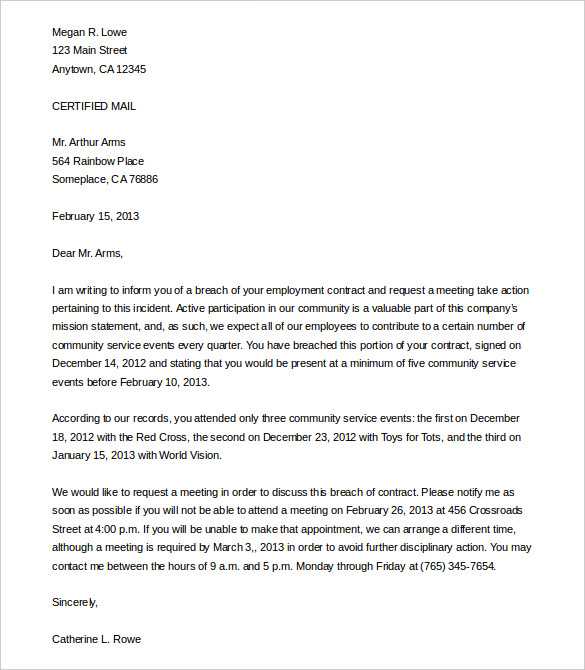
In any professional environment, there may be situations when reaching someone becomes challenging. It’s important to address such scenarios with a clear and respectful approach to maintain effective communication.
A well-crafted message can help you inform others about the difficulty of establishing contact while offering alternative solutions. Understanding how to write such a message ensures clarity and professionalism in your interactions.
By using the right structure and tone, you can create a communication that is both respectful and effective. Personalization of this message can further improve your chances of getting a response and fostering positive relationships.
How to Write an Unable to Contact Letter
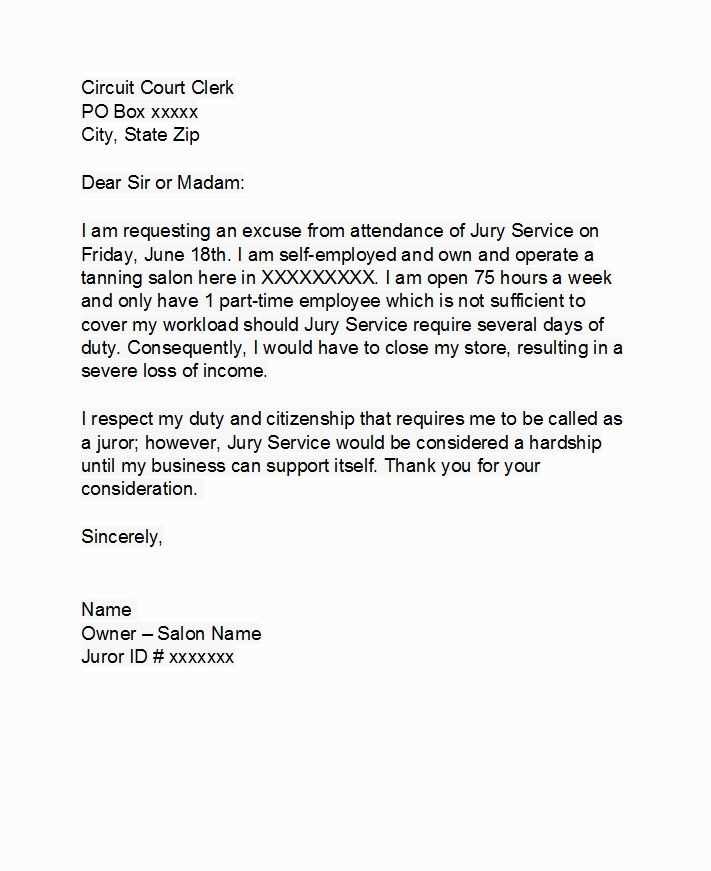
When you’re unable to reach someone, it’s crucial to communicate this situation clearly and professionally. A well-structured message ensures the recipient understands the reason for the communication gap and knows how to proceed.
Follow these guidelines when crafting such a message:
| Step | Description |
|---|---|
| Introduction | Start by acknowledging the difficulty in reaching the person and briefly explain the situation. |
| Reason | Provide a clear explanation of why communication has been challenging, without going into unnecessary detail. |
| Alternative Methods | Offer other means of communication, such as phone calls, emails, or in-person meetings, to facilitate a response. |
| Conclusion | End with a polite note expressing your willingness to continue communication and your hope for a prompt response. |
Remember, the tone should remain professional and respectful throughout, ensuring that the recipient understands both the challenge and the potential for resolution. This approach builds trust and encourages a swift reply.
Reasons for Sending an Unable to Contact Letter
There are various situations where informing someone about difficulties in reaching them is necessary. In many cases, it helps clarify communication barriers and ensures that the recipient is aware of any challenges in establishing a connection.
One common reason is when someone is out of reach due to unforeseen circumstances, such as being unavailable for a period. Another reason might involve technical issues, such as email delivery failures or phone service interruptions. It’s important to address these situations in a formal manner to maintain professionalism.
Additionally, it may be relevant to notify someone when previous attempts at reaching out have been unsuccessful. In such instances, the goal is to keep the lines of communication open and propose alternative ways to resume the interaction.
Key Elements of an Effective Template
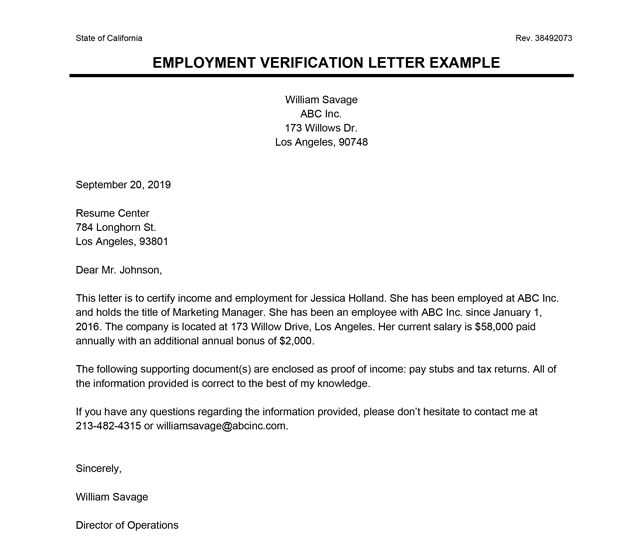
Creating an impactful message requires attention to specific details to ensure clarity and professionalism. A well-structured communication is not only polite but also functional, guiding the recipient to understand the situation and the next steps.
The key elements of an effective message include:
- Clear Subject Line: Ensure the purpose of the message is easily understood from the beginning.
- Brief Introduction: Politely state the reason for the message without overwhelming the reader with unnecessary information.
- Reason for Communication: Clearly explain why reaching the recipient has been challenging.
- Alternative Methods: Suggest alternative ways to resume the conversation, such as different contact methods.
- Polite Conclusion: End with a courteous note, expressing your hope for future communication and resolution.
By following these steps, the message remains concise and effective while ensuring that the recipient is informed and encouraged to respond promptly.
Customizing the Template for Your Needs
Adapting your communication to fit the specific circumstances can significantly improve its effectiveness. By personalizing the message, you ensure that it addresses the recipient’s situation and increases the likelihood of a response.
Adjusting the Tone and Structure
The tone of your message should reflect the level of formality required. For a more professional approach, maintain a polite and respectful tone throughout. If the situation allows, a more casual tone may be appropriate, especially if you have an established relationship with the recipient.
- Formal Tone: Use polite phrases and professional language, especially in business contexts.
- Casual Tone: Feel free to be more conversational while still maintaining respect.
Incorporating Specific Details
Personalizing your message with relevant details can make a significant difference. Mention any previous attempts or circumstances that are important to the situation. This ensures the recipient understands the context clearly and feels informed about the current communication status.
- Previous Communication: Refer to past attempts or messages to provide clarity.
- Timing: Mention the timeline of events if relevant, such as when the issue first arose.
Customizing your message in this way helps ensure that the recipient sees the communication as relevant and tailored to their situation, fostering a better response rate.
Best Practices for Professional Communication
Effective professional communication requires a thoughtful approach to ensure clarity, respect, and efficiency. When addressing situations where a connection is difficult to establish, it’s essential to maintain professionalism and encourage positive outcomes.
Clarity and Precision
Be clear and direct in your message, ensuring the recipient understands the issue and your expectations. Avoid ambiguity by stating the facts simply and providing all necessary details. This approach minimizes confusion and increases the chances of a productive reply.
- Use Simple Language: Avoid jargon or overly complex language that might confuse the reader.
- Be Specific: Provide relevant details about the situation without overloading the message.
Respect and Politeness
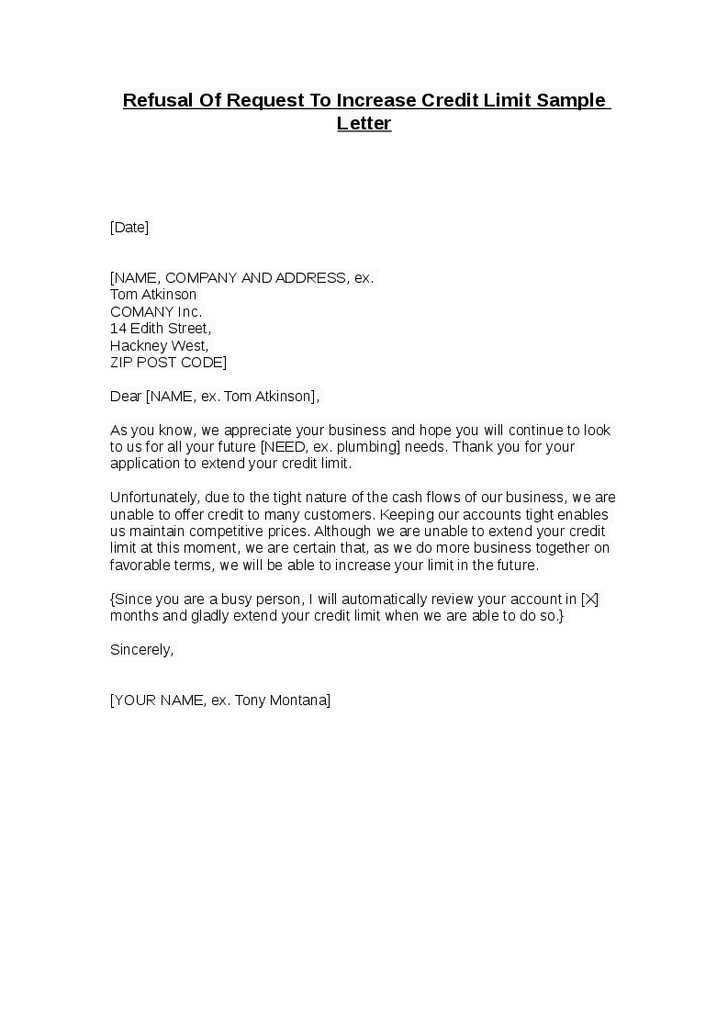
Always maintain a polite tone, even when discussing challenges. A respectful attitude promotes positive engagement and encourages the recipient to respond in kind. Starting with a courteous greeting and ending with a thank you can go a long way in fostering goodwill.
- Professional Salutations: Begin and end your message with polite greetings.
- Express Gratitude: Acknowledge the recipient’s time and attention, showing appreciation for their consideration.
By following these best practices, you ensure that your message remains professional and effective, regardless of the circumstances.
Common Mistakes to Avoid in Letters
When crafting a formal message, it’s important to be aware of common errors that can undermine its professionalism and effectiveness. A small mistake can lead to confusion or frustration, and may even result in the recipient overlooking your communication entirely.
Vague or Incomplete Information
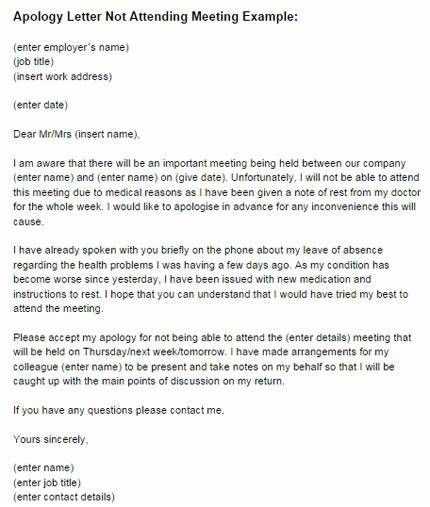
One of the most frequent issues is providing unclear or incomplete details. It’s essential to give the recipient all the information needed to understand the situation and respond appropriately. Leaving out key points can result in unnecessary back-and-forth, prolonging the issue.
- Be Specific: Clearly explain the reason for your communication.
- Provide Context: Make sure to include any relevant background information.
Inappropriate Tone
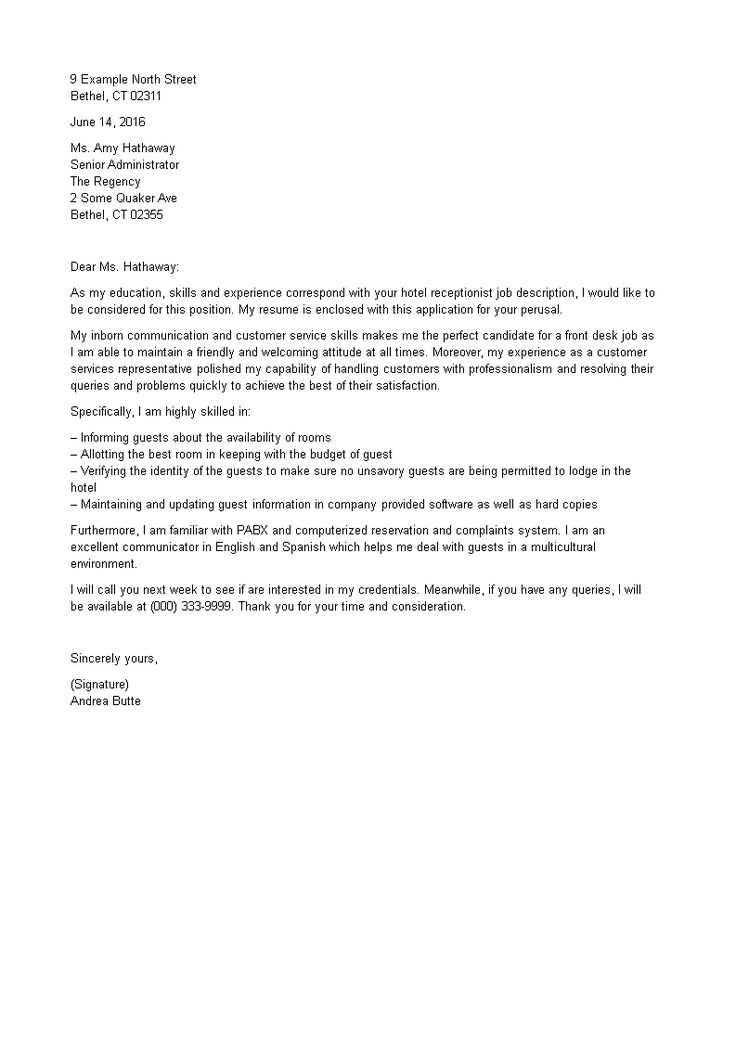
The tone of your message should match the situation. Being too casual or overly formal can affect the way your message is received. Finding the right balance is key to maintaining professionalism and ensuring the recipient feels comfortable responding.
- Avoid Overly Casual Language: Ensure the tone aligns with the context and recipient.
- Maintain Respect: Even in challenging situations, always use polite and respectful language.
By avoiding these common mistakes, you can ensure your communication is clear, professional, and likely to receive a prompt response.
When to Follow Up After Sending
After sending a message, it’s important to determine the right time to follow up. Following up too soon may seem impatient, while waiting too long could result in missed opportunities. Timing your follow-up appropriately ensures your communication remains professional and effective.
In most cases, it’s advisable to wait at least a few days after sending your initial message. This gives the recipient enough time to review your communication and respond. If no response is received within a reasonable timeframe, it’s appropriate to send a polite reminder.
- Initial Waiting Period: Allow 3-5 business days before following up on your message.
- Consider the Urgency: If the matter is time-sensitive, a quicker follow-up may be necessary.
Following up at the right time helps maintain professionalism and encourages timely responses without seeming overbearing or intrusive.